Although naming a brand is not as important as finding investors, it is a real issue for many – here are some creative ways on how to come up with a brand name.
Is a Naming Really That Important?
It’s the first logical question many people ask me. The answer is “yes” and “no”.
“No” – a brand name by itself won’t make your business a success, and it certainly won’t get your startup into the second round of financing.
“Yes” – an original, memorable name together with an equally great logo can really help you get more attention from customers, partners, and the general public than you would’ve got had you a bland, forgettable name and logo.
So, coming up with a nice brand name is definitely worth an effort.
Different Types of Brand Naming
Despite all the seemingly great variety, there are, in fact, only a few types of brand names, which can be grouped into 5 categories:
- Based on the name of the owner/founder (McDonald’s, Ford, Chrysler, Hewlett-Packard, Disney, Louis Vitton, J.P. Morgan)
- Describes the nature of business (American Airlines, Kentucky Fried Chicken, General Electric, T-Mobile)
- Describes an experience or image (Jaguar/Land Rover, American Express, Snapchat, Soundcloud, Buzzfeed)
- Uses a random, free-associative word taken out of context (Apple, Fox, Oracle, Sprite, Amazon)
- Uses a completely made-up word/abbreviation that hasn’t existed before (Google, LEGO, Sony, Pepsi)

As you can see, there’s plenty of options to choose from. However, it’s not all that easy.
How Difficult Can Creating a Name Be?
When pondering over a brand name, people usually run into all sorts of trouble, unexpectedly so. Here are the main problems you may encounter:
1) All the great names have already been used by someone else
We are talking digital era here so your potential brand name should also become your website domain. The problem is that most (if not all) obvious, first-choice domain names for common businesses were taken, like, 20-25 years ago.
So, “tastybakery.com”, “stylishhaircuts.com” or “mountainbikes.com” are, unfortunately, all taken not mention such hot topics as casino, girls, and real estate.
There is a way out sometimes as you can buy out the domain name you like. However, the price may be quite steep. For example, our completely made-up “tastybakery.com” costs an astonishing $39.888.
2) The name has been copyrighted by someone else (unbeknownst to you)
Often you would come up with a great name, run a quick check to see if it’s available (which it is), and adopt the name only to get a lawsuit from some unknown company that had acquired the rights to this name before.
If you think that this is a problem only small businesses encounter, you’re not quite right. Big businesses run into this kind of problem a lot – the only difference is that they possess enough power (legal, financial, and otherwise) to handle the issue.
For example, the “iPhone” name had been trademarked in the late 1990s – long before Apple created their revolutionary product. What they had to do was settle the legal conflict with then-owner of the trademark, Cisco – you could only guess how much it cost them.
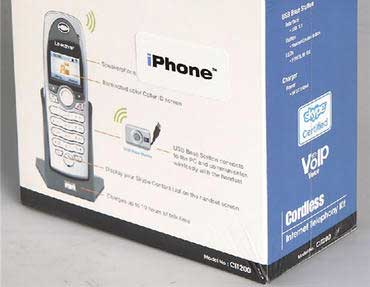
3) The name is too long and not obvious for a casual consumer
Brevity is the soul of wit, so they say. How can one fit so many ideas and features behind a product/brand in a short name? It is not always possible so you have to find a way around, which we’ll talk about later in this article.
4) The name does not really capture the essence of the brand and its products/services
Let’s say, you’ve named your fitness app “Muscle Pro” with every intention of making it sound serious and trustworthy – and it does sound fitting enough.
However, upon launching it you realize that casual people dismiss it, as they (for whatever reason) believe that it is meant only for professionals and not for amateurs. Stuff like that happens all the time.
That’s all about what a brand name shouldn’t be. Now, let’s talk about features of a great brand name.
What Makes a Great Brand Name?
If you look at any major, popular brand, you will find a 10/10 check on all of these points.
1. Clear message
One thing you want to be 100% sure of is that your brand name cannot be misinterpreted. If you’re afraid of it being such, go with free-associative, taken out of context words, or even made-up words.
2. Descriptive
A brand name does not necessarily have to describe the nature of your business explicitly (like Southwest Airlines). All it has to do is create the right association in the potential customers’ minds.
3. Memorable
Brand names have to stick. Sure, there’s also a logo to go along with a name but the name itself should be memorable because people’s memory is too short and there’s hardly any chance of it getting longer anytime soon.
Like UBER, Pepsi, or Google.
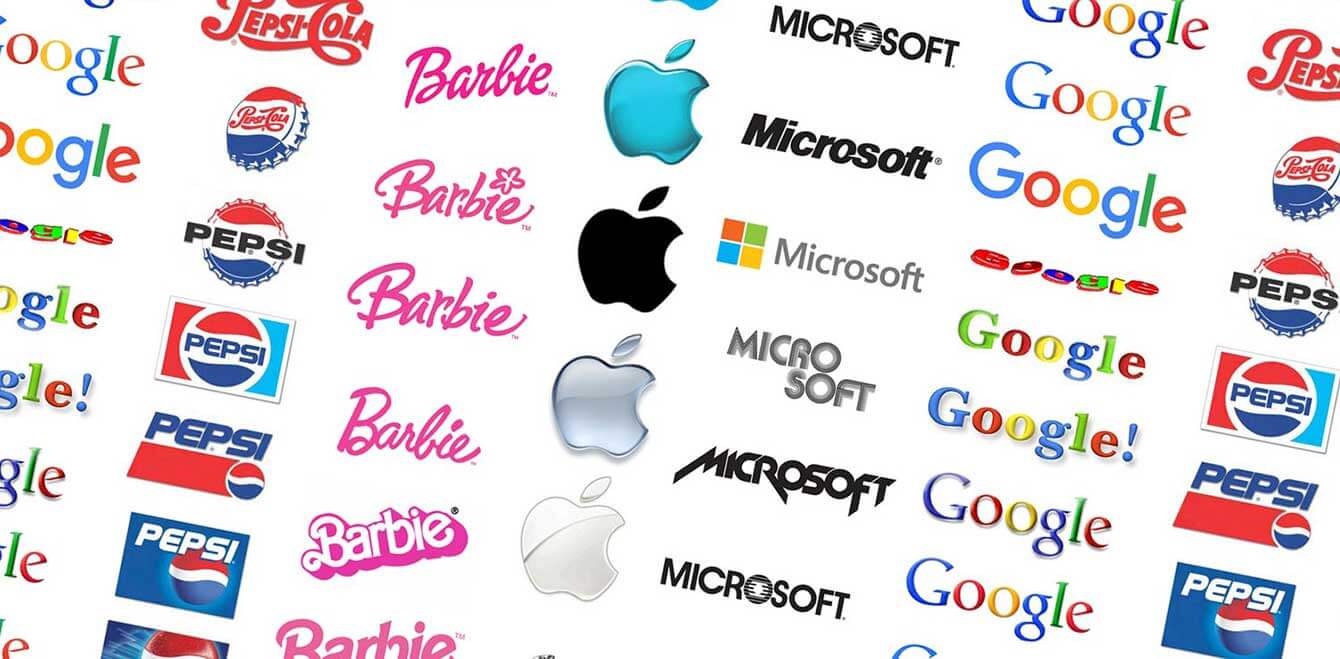
4. Short
Two words is maximum you can afford. Try to keep it as short as possible though as people will always have a hard time remembering anything that’s more than two syllables.
5. Easily spelled in most languages
Once you’re on the Internet, all the world has access to your website. Make sure your name is easy to spell in other major languages – naming your company “Worcester Thistle” is a path to pronunciational disaster.
6. Unique
Yes! Of the requirements, this is the most important and a rather inescapable one – unless your name is unique, you won’t be able to register it.
7. Enduring
Going along with the trends is OK but think of it this way – your name has to stay relevant 10, 20 and 50 years from now. Don’t make your grandkids feel embarrassed :).
How to Come Up With a Brand Name: Helpful Tips
Now that you have the basic idea and things to be aware of, let’s delve into the process of creating a name for your brand. To help us with that, here are a few tips.
1. Pick a general direction
Use one or more possible brand name categories we’ve discussed earlier to focus on it. If you feel like using a made-up word for your brand name, go for it.
2. Brainstorm a huge list of possible options
The more, the better. Let your fantasy run wild and completely off the hook. To help you with this task, there are quite a lot of brand name generators (yes, this kind of software does exist) :
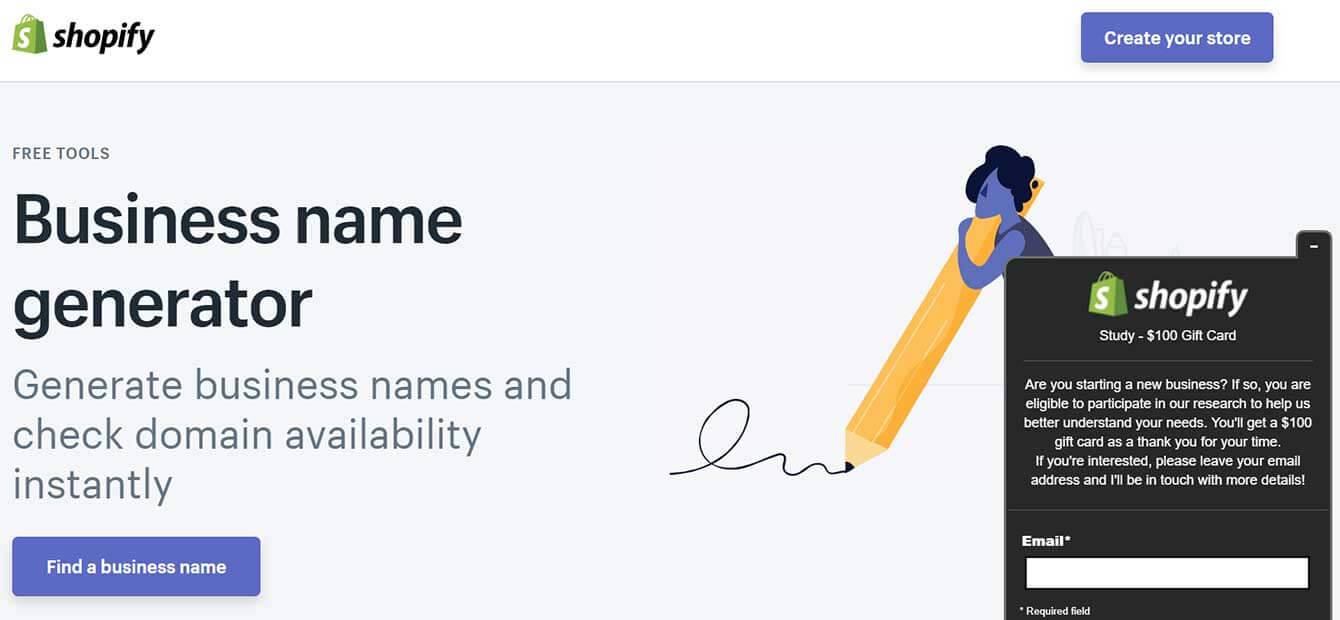
- LeanDomainSearch (allows you to find an unoccupied domain name)
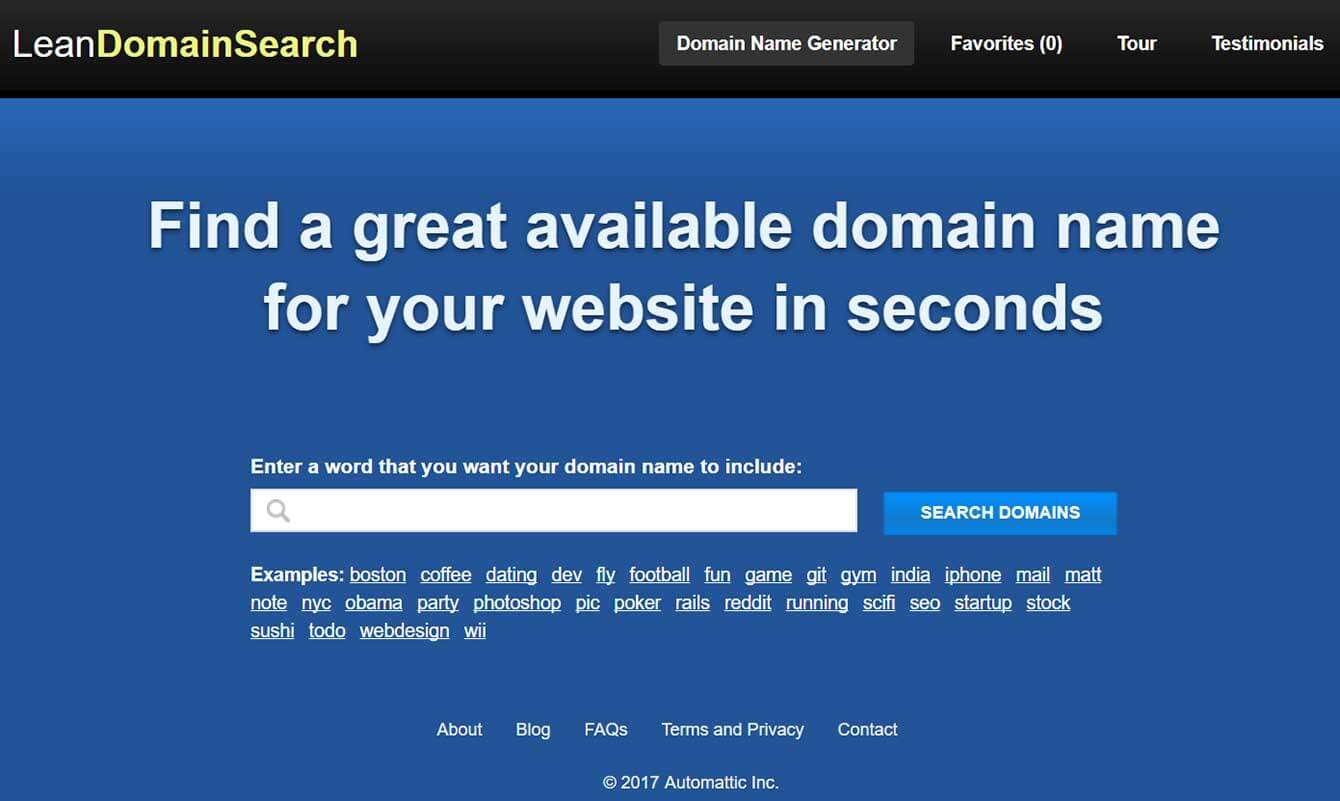
- Wordoid (a nifty tool that generates fancy-sounding made-up names)
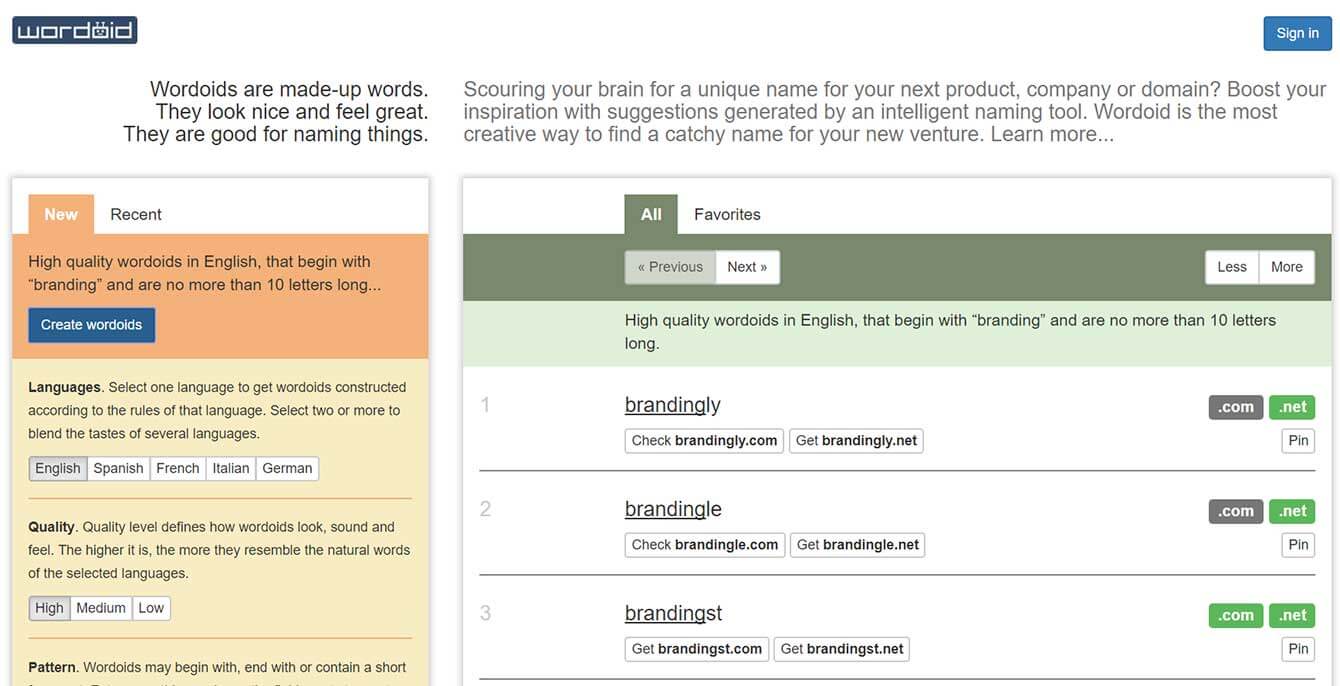
3. Narrow the list down to a few really great names
Once you’ve calmed down, you will be left with over a hundred names on the list. Time to strike out the worse ones – that shouldn’t be hard at all. What you will have in the end is just a handful of really good ones – the ones that stick.
4. Run a name check
You don’t want to end up learning that the name you’ve come up with has already been taken by some weird business that has no intention of letting it go.
To avoid this, use one of the services below to see if your name is good to go and free of any copyright:
5. Test them out
How do you know if the name you’ve chosen is going to work? After all, it’s up to the customers to decide. A simple A/B test might help.
Create two identical landing pages with the brand name being the only difference between them. Leave the test running until you get the statistical significance on one of the variants.
Conclusion
That’s it for it – thanks for visiting my blog and reading today’s “How to Come Up With a Brand Name for Your Online Business” article. I hope it was useful for you and you learned something new.
The right thing to do would be share this article with your friends on the social networks – just click on one of the icons of social media, it’s that easy.
If you have further questions on the subject, please write them in comments – I’ll be glad to answer.
For more good stuff on my blog, be sure to check these articles:
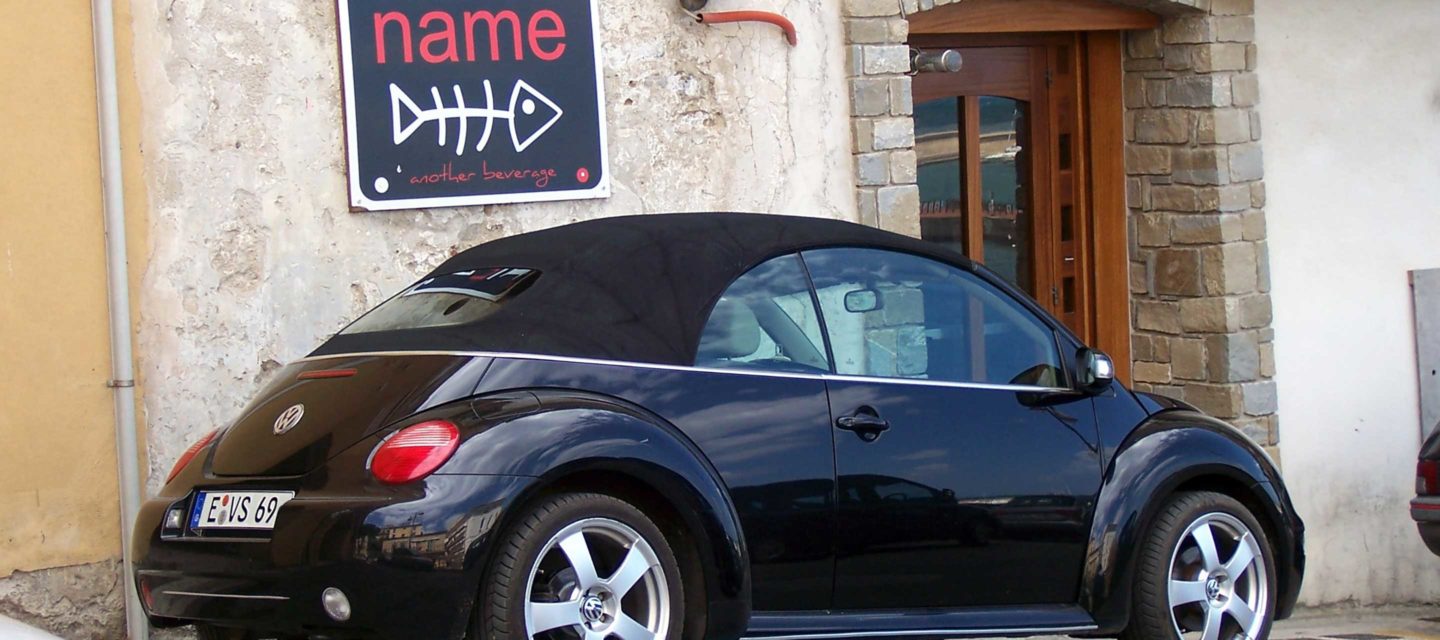




Comments0